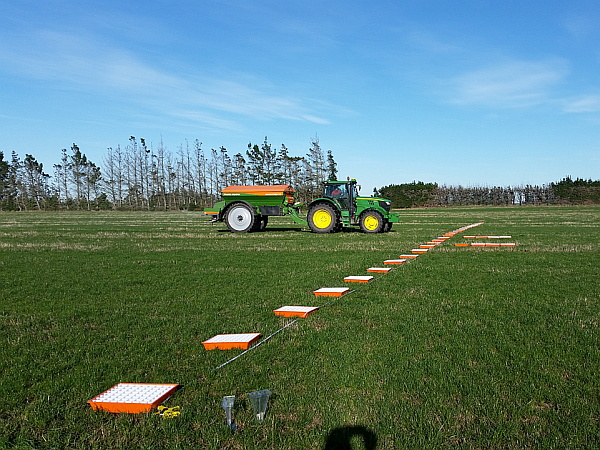 25 and 26 May 2016
25 and 26 May 2016
Havelock North Function Centre
LandWISE 2016: The Value of Smart Farming is our 14th Annual Conference! Details are on-line and registrations open.
This year we are proud to host a delegation from Australia with two dozen growers and advisors crossing the Tasman to join us. The conference is the central point of their week long tour from Auckland through the Bay of Plenty to Hawke’s Bay and the Manawatu.
Tour leader, Ian Layden is also one of our keynote speakers. Ian and the Queensland growers have been trialing precision vegetable growing, assessing the same sort of things that are of interest to LandWISE members. We look forward to learning from their experiences.

On a different angle, Charles Merfield will present results from a review of the agricultural uses of plant biostimulants. Plant biostimulants are diverse substances and microorganisms used to enhance plant growth. The global market for biostimulants is projected to increase 12 % per year and reach over $2 billion by 2018! Despite the growing use of biostimulants in agriculture, many in the scientific community consider biostimulants to be lacking peer-reviewed scientific evaluation. Merf’s review will get us up to date with the science that is available on this topic of great and growing interest.
In 2015, LandWISE and Plant and Food Research began a three year project investigating variability in onions crops. We will report results from our first year’s activities, ranging from individual onion measurements to images from satellites and a swag of things in between.

We hear more and more about “big data” and “data analytics” and “value chains”. These need not be scary! and we have several experienced speakers to let you in on the secrets. Join Alistair Mowat, James Beech and Megan Cushnahan as they explain value chains, the value of massive amounts of image data to identify signatures of specific crop factors, and how big data gives insights that were previously unseeable.
The party wouldn’t be complete without a peek at field robots and UAVs. Do you know the Civil Aviation rules about flying a drone – even on your own place?
Check out the programme, register and we’ll see you in Havelock North!




















 We have been trying to determine factors controlling plant density, flowering, pod number, pea number and fill in process crops. Unlike seed peas, vining peas are harvested before the life cycle is complete. Any variation in maturity causes yield loss – both quantity and quality.
We have been trying to determine factors controlling plant density, flowering, pod number, pea number and fill in process crops. Unlike seed peas, vining peas are harvested before the life cycle is complete. Any variation in maturity causes yield loss – both quantity and quality.

 Tray layout for a spreader pattern test
Tray layout for a spreader pattern test 6 – 8 PM, Tuesday 25 August 2015
6 – 8 PM, Tuesday 25 August 2015
